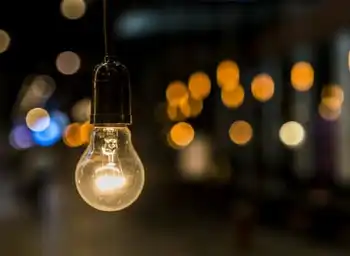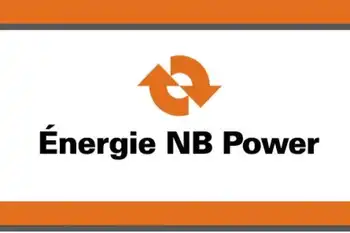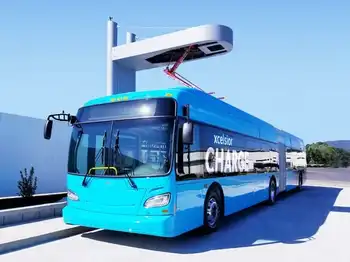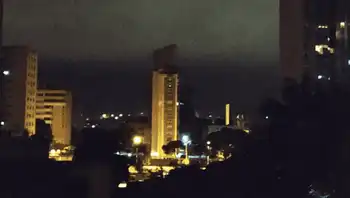Electricity Storage Seen Taming Volatile Prices
HOUSTON -- - The U.S. energy industry, long frustrated by the inability to store electricity, is looking to experimental batteries and compressed air systems that could smooth prices and just possibly add more than $10 billion a year to the economy.
Sharp price swings and congestion on the power grid are hallmarks of the deregulated power market partly because electricity, unlike other energy commodities, cannot be stored.
But new approaches to storing energy could smooth out price spikes, defer costly power line expansions and challenge the belief that electricity has no shelf life.
Energy storage could bolster the U.S. economy by $175 billion over the next 15 years, mostly through optimizing current power systems, according to Richard Baxter, consultant at Pearl Street Inc. and director of advocacy group Energy Storage Council.
"They don't make money, but they save money," Baxter said. "It's definitely an alternative to upgrading or building a new power line."
Despite deregulation efforts over the past decade, U.S. power markets have developed slowly, hampered by a shortage of lines needed to ship electrons to where they are most needed.
Transmission limitations, coupled with sudden power plant outages and strong weather-driven demand, can send wholesale prices soaring in a matter of minutes, creating the kind of marketplace volatility that scares off many companies.
Access to stored power would let companies "peak shave," reducing their power generation requirements during high-priced, high-usage hours by tapping into megawatts put aside during low-demand, low-price hours.
"Storage is an ideal tool for making the markets work," said Imre Gyuk, program manager at the U.S. Department of Energy. "Storage allows you to get away from the hand-to-mouth system we have now."
AIR AND WATER
About 3 percent of U.S. power comes from pumped-storage hydroelectric plants, a system that has existed for decades.
Pumped-storage systems pump water up to a reservoir during low energy demand hours -- typically overnight -- and release the water to run down through turbine generators during peak demand hours, putting energy on the grid when prices are highest.
The price differential between high and low demand hours covers the cost of pumping the water to the upper reservoir.
While strict new environmental rules make it unlikely any more of these big-scale projects will be built, compressed air is being touted as an alternative to hydro in a system that shares many of pumped storage's basic concepts.
Compressed air energy storage (CAES) uses off-peak power to ram air under great pressure into underground salt caverns or aquifers, releasing it during peak hours to drive gas turbines.
But to turn a profit, such projects need to be big.
Only two CAES facilities are currently in operation, a 110 MW unit in McIntosh, Alabama, and a 290 MW unit in Huntorf, Germany. CAES Development Co. LLC has plans to open a 2,700 MW unit in Norton, Ohio, estimated to cost $1 billion.
LOCAL APPEAL
Battery technology, using fuel cells or the more developed sodium-sulfur (NAS) cells, is better suited to utilities seeking to maximize peak shaving or to skirt line congestion.
The California Energy Commission said it would issue a request for proposals for five electricity storage projects in the next month in an effort to bolster the power system to avoid a repeat of the state's 2000-01 energy crisis.
American Electric Power Co. Inc., the largest U.S. power generator, launched a pilot NAS system in Ohio last year. The system has a nominal capacity of 100 kilowatts for peak shaving, but can be boosted to five times that level for brief periods.
NAS technology, first developed by Ford Motor Co. in the 1960s, has been widely used in Japan, where 30 MW of capacity have been installed.
"I think that economical energy storage will have an unbelievable impact on our power system. It will change everything," said David Nichols, manager of American Electric Power's Dolan Technology Center.
Related News

Yet another Irish electricity provider is increasing its prices
DUBLIN - ELECTRIC IRELAND has announced that it will increase its household electricity prices by 4% from 1 February 2018.
This comes just a week after both Bord Gáis Energy and SSE Airtricity announced increases in their gas and electricity prices.
Electric Ireland has said that the electricity price increase is unavoidable due to the rising wholesale cost of electricity.
The electricity provider said it has no plans to increase residential gas prices at the moment.
Commenting on the latest announcement, Eoin Clarke, managing director of Switcher.ie, said: “This is the third largest energy supplier to announce a price increase…




